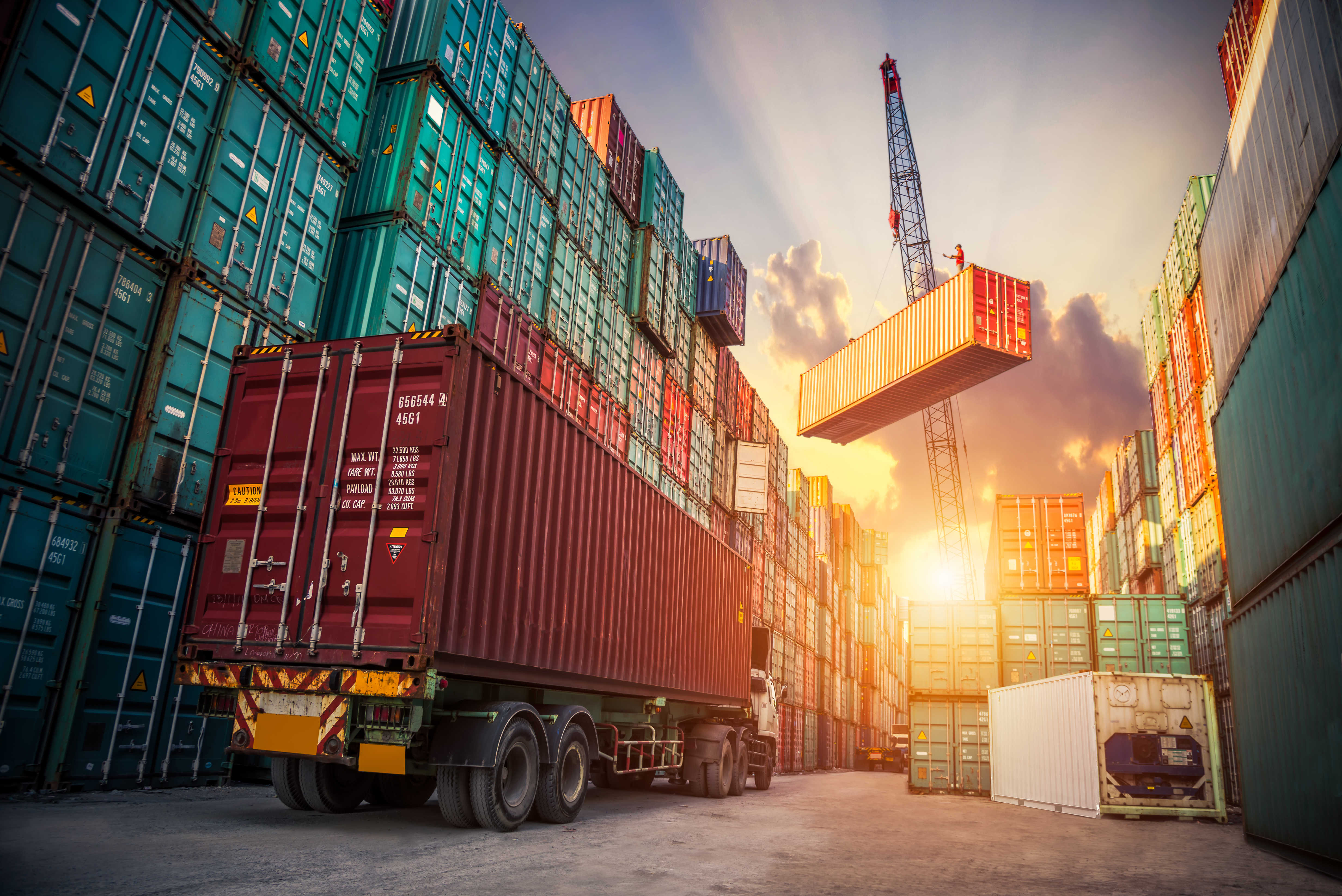
The Panama Canal opened to commercial shipping in 1914, officially when the S.S. Ancon sailed through on Aug. 15th and since then over 850,000 vessel have passed through the canal with 12,000 to 15,000 transits every year in the last decade. 4% of world trade and 16% of total U.S. bourne trade is transported through the canal. 50 miles long, seen as one of the wonders of the world by some, it has had an enormous impact on global trade and shipping. Starting in the 16th century, interest in finding such a shortcut from the Atlantic to the Pacific ocean resulted in the canal construction in 1881, which made the Cape Horn route unnecessary and ultimately made it possible for ships to travel between Atlantic and Pacific in half the time previously required. Canal construction was first started by a French company and later before its finished all project rights sold to United States in 1914. It has been one of the most expensive projects in history with price tag of $375 million – more than $8 billion in today’s dollars.
Opening of the canal shifted the global trade and changed the shipping routes for U.S Ports. Now after a century it’s happening again. In 2007 after the approval of Cabinet in Panama, a new expansion project officially started, estimated to be finished by April 2015 with a little bit of delay. Expansion of the canal from 2 lanes to 3 lanes is projected to double the capacity of the present canal. After the expansion Post-Panamax vessels with a maximum of 15m draft and 49m beam will be able to pass through it. Below comparison shows that TEU capacity of today’s Panamax size vessels will be almost tripled after the expansion.

Expansion is also targeting the very large bulk vessels carrying coal from Colombia, iron ore from Venezuela and Northern Brazil to China which will boost these economies. Of course such an investment has no meaning without the port capacity to accommodate such gigantic vessels. Now the question is will east coast and gulf ports be able to benefit from this big opportunity? As Southern California ports are currently receiving most of the imports shipped from Asia, expansion of the canal possibly might hurt the business for Southern California ports. There is even a campaign launched against the expansion called “Beat the Canal.” Without need of any canal passage and with a natural deeper draft, west coast ports are able to handle bigger vessels already. Nobody can estimate how the new deeper lane in Panama Canal will shift the west coast traffic but obviously there will be some emphasis on east coast ports. It will bring a new dimension to the competition. If only East coast and Gulf ports have the capacity to handle these vessels. Officials for the East and Gulf coasts are predicting that if they can expand their ports to accommodate these larger ships, they can capture much of the traffic that currently goes to West Coast ports and reaches the East Coast by rail.
Experts say that nearly 80% of the ships on order are post-Panamax size, and to stay in the game port authorities and states are seeking to invest in building bigger ports as quickly as possible all along the East Coast and Gulf. Ports of Houston, Jacksonville, Miami, Baltimore, Charleston and Savannah are at various stages of expanding. U.S. Army Corps of Engineers have been studying the improvement of 17 ports. Norfolk, VA on the East coast can already handle these big vessels, the port of New York and New Jersey too but they have a $1 billion project to raise the Bayonne Bridge which restricts the height for ships going to Newark Bay.
Needless to say expansion is one of the largest engineering projects in the world and I am eager to see how things will be shaped after the completion of the new lane in the Panama Canal.




